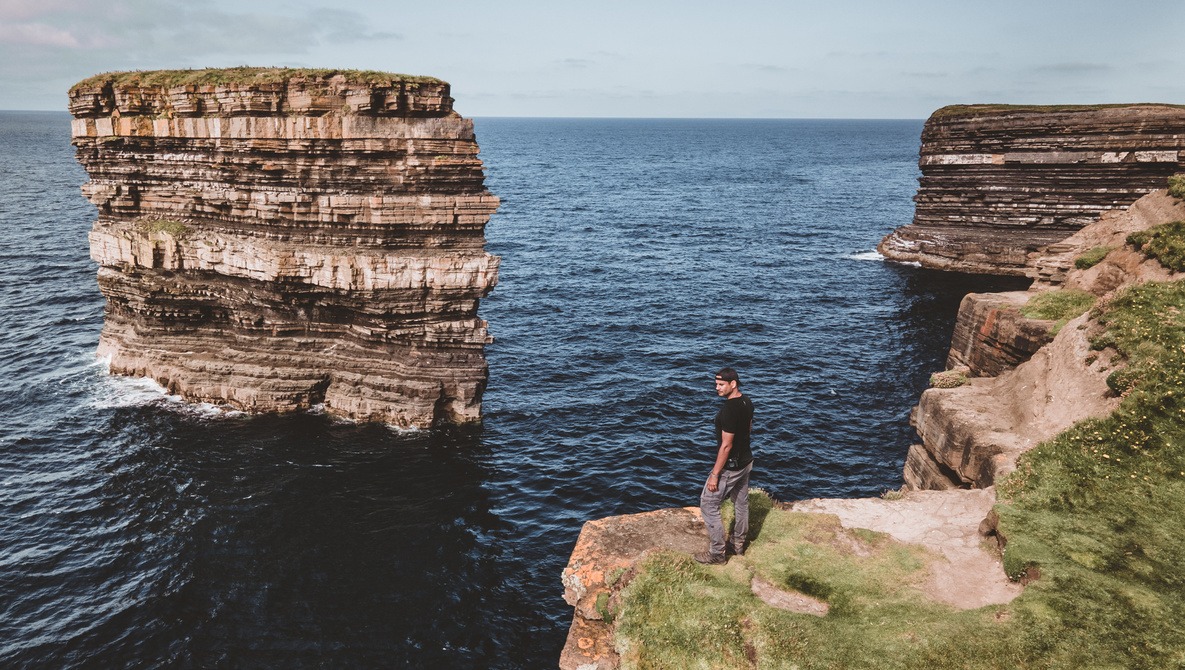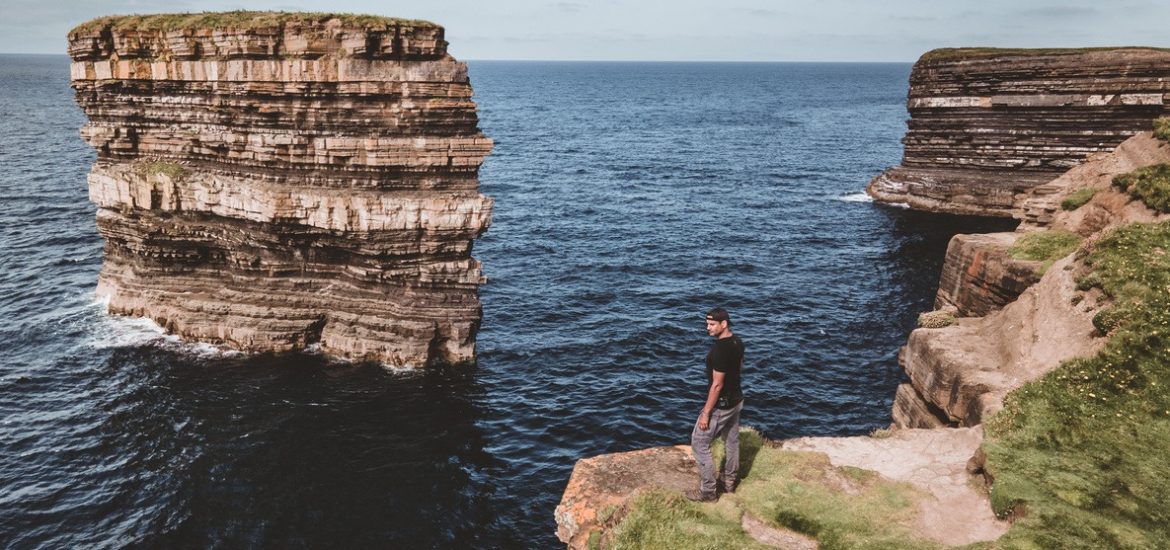
At the start of March 2020, I found myself at a photography convention in Cape Town, South Africa, to present a workshop on travel photography. The central theme of my presentation was the notion that it isn’t necessary to travel to be a successful travel photographer. Little did I know that within a couple of weeks of that presentation, I would be putting my advice into practice as the borders of the world slammed shut virtually overnight.
Travel has always been a big part of my work. Leading up to 2020, I was fortunate enough to visit around a dozen countries a year as I made my way from one photography assignment to another. However, it wasn’t always like that. It took many years of hard graft to build up sufficient clientele willing to entrust me to tell their stories around the world. So, the point of my presentation in South Africa was that for the aspiring travel photographer, capturing photographs of their neighborhood could still serve a purpose for prospective clients from elsewhere in the world. After all, our home countries might be familiar to us, but to people viewing those photographs from the other side of the world, they are travel photographs. And while I meant every word of the presentation I gave, I also knew my calendar was full of at least one long-haul travel project a month for the rest of the year. And then everything changed.
Like many other photographers, the pandemic hit my business hard. Less than a month after I gave my presentation, every project in my calendar had been postponed or canceled. As someone who depends on travel photography to pay the bills, it very much felt as though the pandemic had killed my whole industry. I was going to have to adapt if I was going to make it through this challenging period. So what did the experience teach me?
There Is Still Strong Demand for Travel Content
After getting over the shock of my empty diary, one of the first things I realized was that despite travel coming to an almost complete halt, the demand for travel content was still there – perhaps even more so. But the nature of the content had changed, and I would have to move fast to meet this new demand.
With so many putting off travel for a future date, the hospitality industry quickly understood the need to sow the seeds of future adventure ideas. As a result, a much greater focus has been placed on the authenticity of each destination. In the past, it was often enough to simply show whatever beautiful beach or stunning landscape awaits the prospective visitor. But now, potential visitors might be making plans well before they actually travel. Those travelers aren’t just grabbing whatever holiday is available to book at the time. Instead, they will take the time to be inspired by the culture, atmosphere, and everyday encounters they can expect before choosing where to travel
To meet this more considered demand, I have spent much more time capturing the moments of everyday life of the destination rather than aspirational pictures of paradise. Capturing those moments has required a change in mindset for both the client and the photographer, daring to showcase the whole destination rather than cherry-picking selected scenes. The search for the perfect has, to a degree, been replaced with the search for the interesting.
There Are Wonders To Be Found in Your Backyard
While travel to far-flung destinations is still not easy, we are free to explore our backyard to our heart’s content. Of course, I don’t mean our literal backyard; rather, I refer to our home country. In my case, that is a tiny island in the middle of the Indian Ocean called Mauritius. Although I am originally from the UK, I have made my home on Mauritius island for more than a decade. At just 65km from top to bottom, I can traverse the entire country in around an hour, yet I have been pleasantly surprised at how much there is to discover.
Since the pandemic, I have made it my mission to explore pretty much every corner of the island. But over the past eighteen months or so, I have produced a large amount of content that has found its way into magazines, books, and advertising campaigns around the world. Surprisingly, despite Mauritius being a popular tourist destination since the 1970s, before 2020 I hadn’t ever spent much time documenting what the island had to offer. And yet, I was able to complete these “travel” assignments without having to journey further than a decent bicycle ride from my home. It turned out there really were incredible wonders to be found in my backyard.
Slow Travel Is Hot
To state the obvious, it is also worth considering travel itself has changed. I suspect these changes started some time ago; Covid has accelerated the trend. In the past, travel photography was almost exclusively focused on the end destination. I would routinely hop on a plane, watch a movie, grab a bite to eat before nodding off to wake up the other side of the world. The journey was just an exercise of getting from A to B, with the time between quite literally flying by. But now, the journey itself has become much more part of the experience. In many ways, in our increasingly environmentally aware society, the journey has become as meaningful as the destination.
In my case, once we all began to emerge from lockdown after months of being unable even to leave our homes, I felt the urge to reconnect with the journey in a more direct way. And so, I began a project to walk the circumference of the island, documenting what I discovered along the way. It was a pure basic-to-basics endeavor. It took just under a month, during which time I used a single camera and lens combo to capture the stories of people and places I would never have discovered had I been traveling by other means.
The project also received a considerable amount of publicity. It seemed to hit a nerve in the public consciousness and ended up with more press and television coverage than any of my previous projects. Slow travel has become one of the hottest travel trends for a while. It offers photographers a fantastic opportunity to capture their own stories from the road without crossing a single border.
So, Has COVID Killed Travel Photography?
In my opinion, no, not by a long shot. But the pandemic has changed the nature of travel photography. As with most changes, those who can adapt will be best placed to meet the demands of the new reality. The opportunities are still there; we might just have to work harder to seek them out.
Mine is just one photographer’s opinion, though. I am very interested in the thoughts of others? How has Covid affected your travel assignments, and what have you done to adapt?
